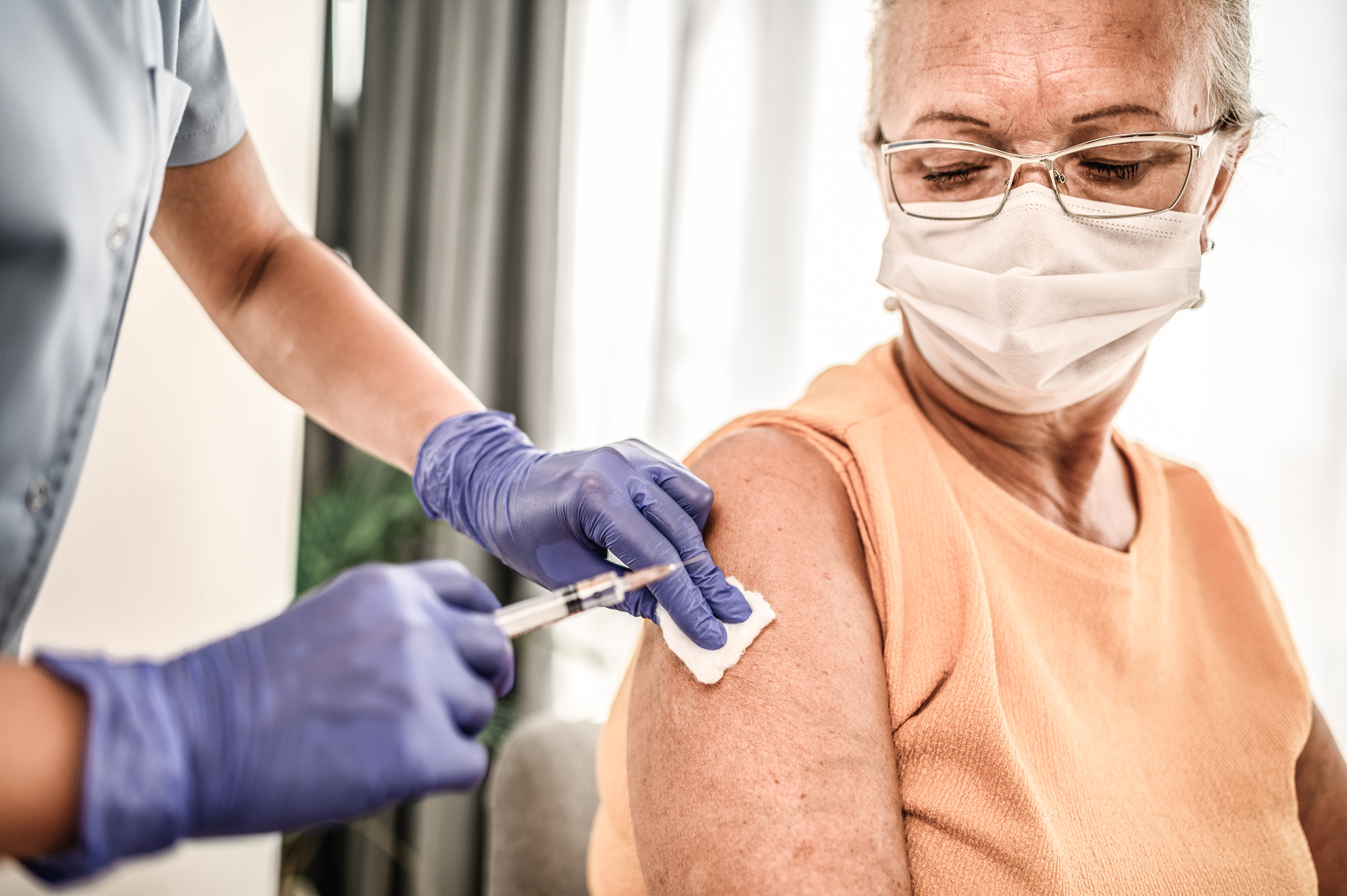Getting vaccinated is the best way to protect yourself and your loved ones from getting life-threatening diseases, but we know you might have questions — especially about the COVID-19 vaccines and how they are made. We’ve been getting lots of questions about fetal cell lines and their relation to the COVID-19 vaccine, and we hope the information below helps to ease some of your concerns.
First, how do vaccines work?
When someone encounters a harmful organism, it can lead to a disease and/or death. A vaccine triggers your body’s immune system to respond and to create antibodies for viruses or bacteria. This prevents you from getting sick in the future because your body’s immune system is prepared to fight.
Where do fetal cell lines come from?
Since the 1960s, fetal cell lines have been used in the creation of vaccines to help fight hepatitis A, rubella and rabies. Cell lines in use today are grown in a laboratory and replicated from decades-old fetal cells. Current fetal cell lines are thousands of generations removed from the original fetal tissue. No new fetal cell lines have been created, and they do not contain any tissue from a fetus.
The fetal cell lines being used to test or manufacture the COVID-19 vaccines are from two sources:
- A kidney cell line that was isolated in 1973.
- A retinal cell line that was isolated in 1985.
Why are fetal cell lines used in making vaccines?
Before any vaccine is approved, it goes through extensive development and testing to make sure it’s effective. To develop and manufacture some vaccines, scientists prefer human cell lines over other cells. Even though some of the first vaccines were developed with animal cells, scientists realized that creating vaccines from animal cells proved unreliable over time.
- Viruses need cells to grow and the viruses tend to grow better in cells from humans.
- Vaccines produced using non-human cells produce suboptimal vaccines.
- Fetal cells can be used longer than other cell types as they can divide many times.
- Fetal cells can be maintained at low temperatures, allowing scientists to continue using cell lines from decades ago.
When are fetal cell lines used?
Vaccine developers may use fetal cell lines during the following two phases:
- Research and development
- Production and manufacturing
Fetal cell lines were used in testing during research and development of the mRNA COVID-19 vaccines, and during production of the Johnson & Johnson vaccine.
Vaccine manufacturers use laboratory produced fetal cell lines. COVID -19 vaccines do not contain fetal tissue or fetal cells. Vaccine manufacturers are not promoting or soliciting abortions . They used laboratory produced fetal cell lines .
Do COVID-19 vaccines contain fetal cells?
No, while fetal cell lines may be used to develop or manufacture COVID-19 vaccines, the vaccines themselves do not contain any fetal cells.
Pfizer/BioNTech and Moderna
- Do not require the use of any fetal cell cultures in order to produce the vaccine
- Used fetal cell lines in their testing stages to demonstrate how a cell could take up mRNA and produce the SARS-COV-2 spike protein
The mRNA COVID-19 vaccines produced by Pfizer and Moderna do not require the use of any fetal cell cultures in order to manufacture the vaccine.
Johnson & Johnson
- Used a fetal cell line in its production and manufacturing stages
Johnson & Johnson did require the use of fetal cell cultures in order to produce and manufacture the vaccine.
Where can I find more information?
Some religious groups and bioethics institutes that oppose the use of fetal cells in the development or manufacturing of vaccines have noted that individuals may ethically receive these vaccines when there are no ethically derived alternatives.
For more information from these groups on this issue, check out the following links:
- National Catholic Bioethics Center
- Pontifical Academy of Life Statement
- United States Conference of Catholic Bishops
- The Vatican – Congregation for the Doctrine of the Faith
- Charlotte Lozier Institute
- The Pillar – The ultimate Catholic coronavirus vaccine morality explainer
- American Muslim Health Professionals – COVID-19 Vaccines




